Types of Quartz with Pictures: Natural & Synthetic Varieties
 Quartz (silica) is one of Earth’s most abundant minerals and the base for many gemstone favorites. Ever heard of amethyst, rose quartz, or agate? They’re all types of quartz crystals!
Quartz (silica) is one of Earth’s most abundant minerals and the base for many gemstone favorites. Ever heard of amethyst, rose quartz, or agate? They’re all types of quartz crystals!
Both as a mineral and a gemstone, quartz boasts tons of impressive properties, including producing accurate vibration frequencies, conducting electricity, and being the “Master Healer” of all healing crystals.
But which gems are quartz? Glad you asked!
Today, we’ll go over quartz types, characteristics, treatments, synthetics, and inclusions. By the end, you’ll be able to start identifying different types of quartz gemstones and become a savvy quartz shopper!
First, let’s go over the basics: what are the main types of quartz?

Macrocrystalline vs. Microcrystalline Quartz
When categorizing the dozens of quartz varieties, the main types (or families) of quartz are macrocrystalline and microcrystalline.
Macrocrystalline quartz stones have larger, individual crystals that you can see without magnification. If you hear “quartz variety,” it’s usually macrocrystalline.
Microcrystalline (or cryptocrystalline) quartz generally refers to gems in the “chalcedony” family. Their crystals are tiny grains (only visible under a microscope) tightly compacted together.
Additionally, most microcrystalline quartzes have small amounts (1-20 percent) of moganite, a hydrated silica, which can transform into quartz over time.
In a nutshell: Macrocrystalline quartz gems are generally called “quartz” and microcrystalline quartz gems are generally called “chalcedony.”
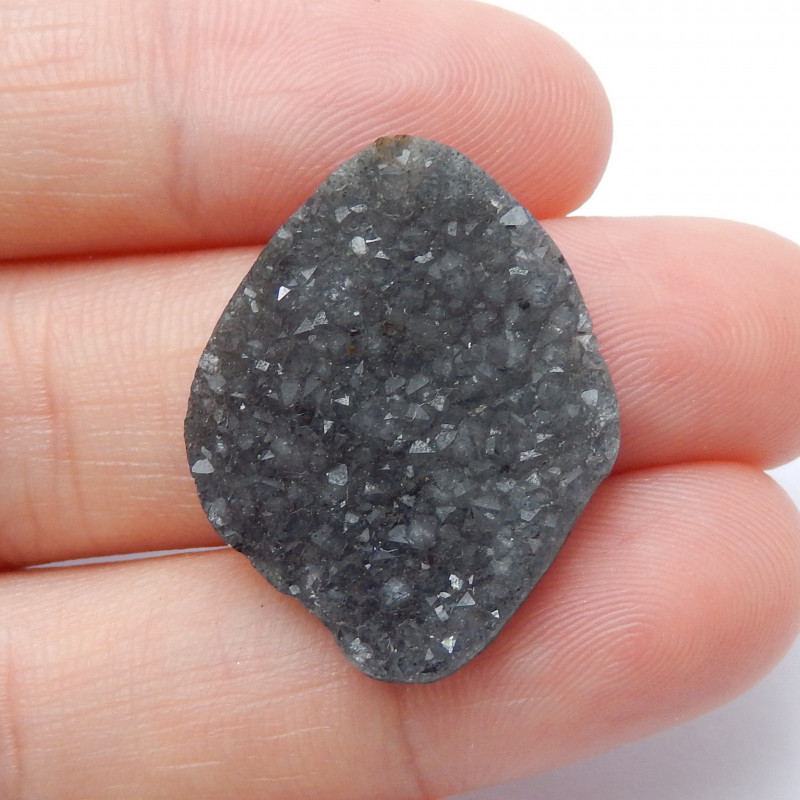
Pictured above: Druzy quartz
Unique Quartz Varieties
Not every type of quartz stone neatly falls under either category. Some outliers are:
Druzy Quartz: A glittering layer of many tiny quartz crystals (usually gray) atop a larger crystal, often found inside geodes.
Quartzite: A metamorphic rock composed of at least 80 percent quartz, usually white, gray, and/or shades of red.
Chert: An opaque white, gray, tan, or pink sedimentary rock mostly composed of microcrystalline quartz with lots of tiny water or air inclusions.
Flint: A nearly opaque, dark-colored type of chert, colored by carbon-rich inclusions. May have brown, yellow, red, and white hues.
Aventurine: Often treated as a mineral but actually a translucent quartz rock or quartzite variety composed of chalcedony and often feldspar. Known for its popular green variety (from fuchsite mica) and metallic glittering surface (aventurescence).
Aventurine shouldn’t be confused with sunstone, sometimes called “aventurine feldspar.”
Before we get into each quartz, what characteristics do all types of quartz share?
Quartz Specifications
Some traits are consistent across all quartzes: chemical composition, crystal system, cleavage, fracture. However, some quartz properties differ.
Here’s a complete breakdown of the chemical properties of quartz stones including the macrocrystalline and microcrystalline differences:
Chemical Composition: SiO2 (silicon dioxide; silica)
Crystal System: Trigonal (hexagonal prisms)
Mohs Hardness: Macro - 7; Micro - 6-7
Density: Macro - 2.65; Micro - 2.58-2.91
Refractive Index: 1.54-1.55
Luster: Macro - Vitreous (glass-like); Micro - Greasy, waxy, or sub-vitreous
Cleavage: None to indistinct
Fracture: Conchoidal to uneven
Pleochroism: Only present in rose quartz (strong), amethyst (weak), citrine (weak), ametrine (weak) & prasiolite (weak)
Birefringence: Macro - 0.009; Micro - 0.004
Dispersion (Fire): Macro - 0.013; Micro - 0.008
Optic Character & Sign: Doubly-refractive (DR); Uniaxial Positive (U+)
Under a polariscope, quartz stones (including synthetic quartz) are the only minerals that produce a bullseye interference figure.
You know the fundamentals, so are you ready to learn the types of quartz stones? We’ll start with macrocrystalline quartzes.
Types of Macrocrystalline Quartz
Macrocrystalline quartzes are all transparent to translucent. Most get their coloring from impurities or natural processes like irradiation.
What is the rarest quartz? Macrocrystalline-wise, natural citrine is the rarest. Milky quartz is the most common.
How many types of quartz are there? Counting trade names and locale-based varieties, too many to count! We’ll discuss 10 semi-precious macrocrystalline quartzes (and their common treatments) next.
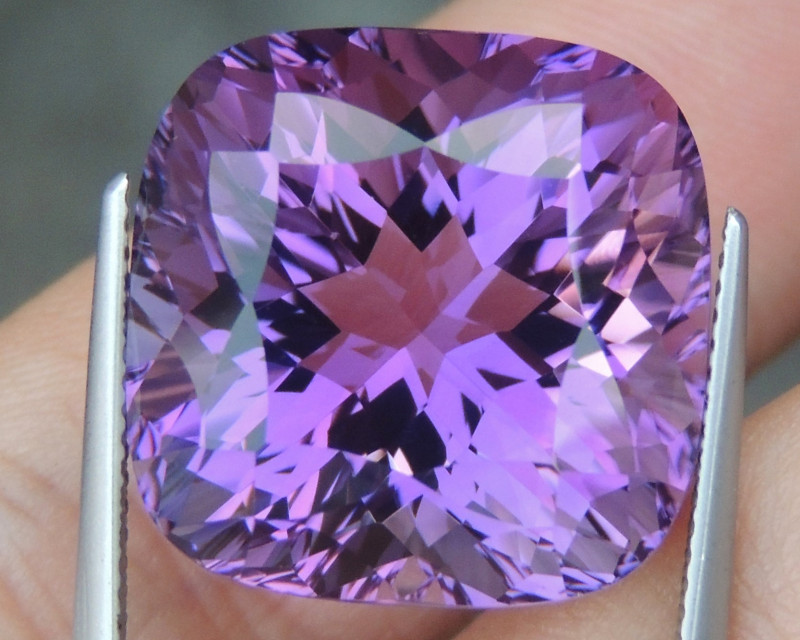
Amethyst
Amethyst is a translucent to transparent purple quartz colored by aluminum or iron impurities and natural irradiation. Its name translates to “not drunk” for the ancient belief that it prevented intoxication. Paler material is called Rose de France amethyst.
Treatments: Heat, Dye

Ametrine
Ametrine is a transparent, bi-colored purple and golden yellow quartz. It’s a mixture of amethyst and citrine, hence its portmanteau name. It may be called “trystine” or “bolivianite.”
Treatments: Dye, Heat
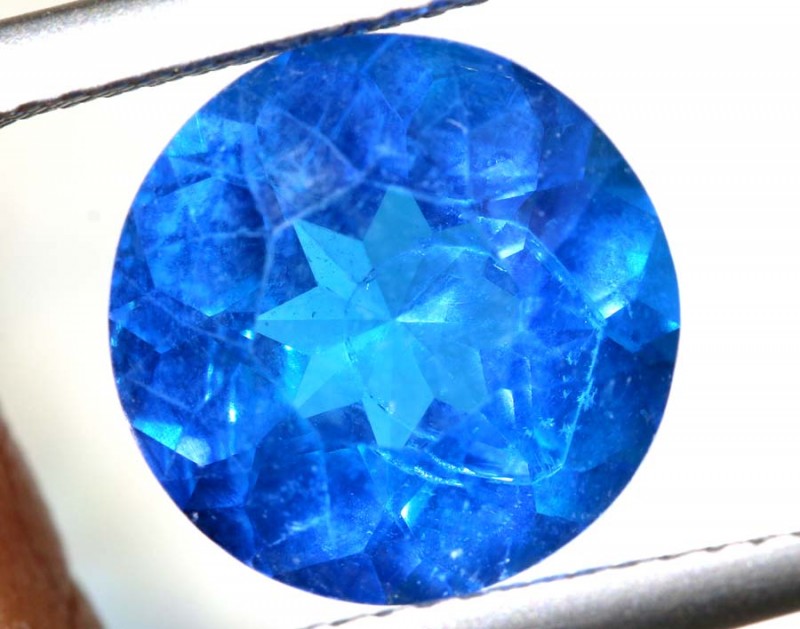
Blue Quartz
Natural blue quartz is translucent and gets its coloring from blue mineral inclusions. This rare variety’s color is more subtle and less uniform than its synthetic version.
There are multiple types of blue quartz, all colored by inclusions like tourmaline or dumortierite. Some only look blue from particles scattering light (the same reason the sky looks blue).
When it has a milky blue sheen from water or carbon dioxide inclusions, it’s called blue moon quartz.
Treatments: None

Clear Quartz (Rock Crystal)
Clear quartz, pure quartz, or rock crystal all refer to the standard colorless, transparent quartz stone. It’s the base for many inclusion-based varieties (discussed later) and numerous treatments.
Treatments: Irradiation, Heat, Dye
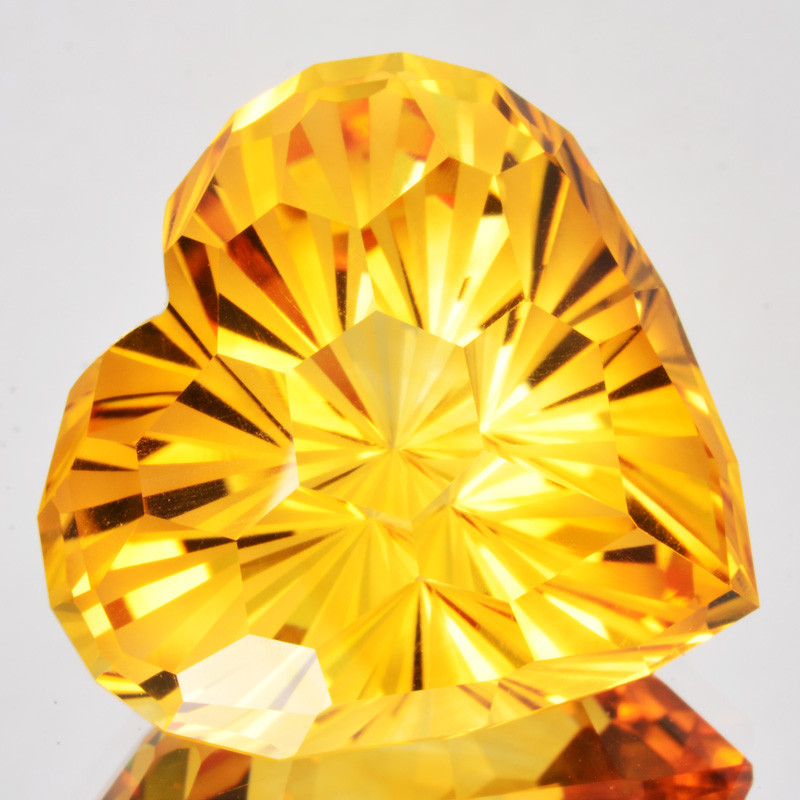
Citrine
Citrine is a transparent or translucent, yellow to orange quartz colored by iron impurities. It may be straw yellow, yellow-green, or even reddish-orange. Amber-colored citrine, Madeira citrine, is highly valued, but golden-yellow citrine is the most valuable.
Lemon quartz is a similar vivid greenish-yellow quartz produced through low-dose irradiation, then heating.
Treatments: Heat, Dye

Herkimer Diamond
Despite the name, Herkimer diamonds are actually rare doubly-terminated quartz crystals (pointed on both ends) with natural facets and water-like transparency. They’re usually clear but can be white, brown, champagne, or even black from impurities.
Treatments: None
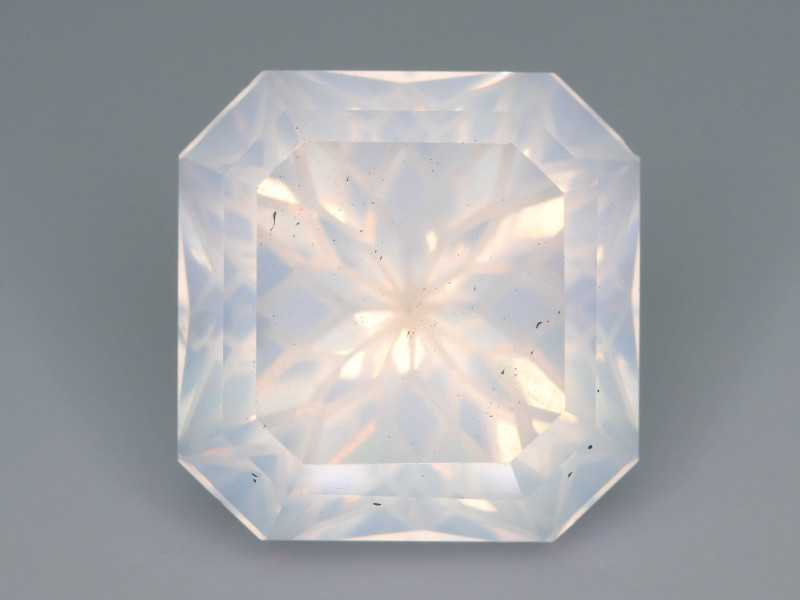
Milky Quartz
Milky quartz is a white or pale gray variety that leans more toward opaque with hazy translucence from water or carbon dioxide inclusions. With gold inclusions, it’s gold quartz.
Treatments: Heat, Irradiation

Prasiolite
Prasiolite (also “vermarine” or “amegreen'') is a translucent, pale green or yellow-green quartz. It’s often created by heat-treating amethyst, so some have purple color-zoning. Natural prasiolite is green due to iron ions or natural irradiation.
Treatments: Heat
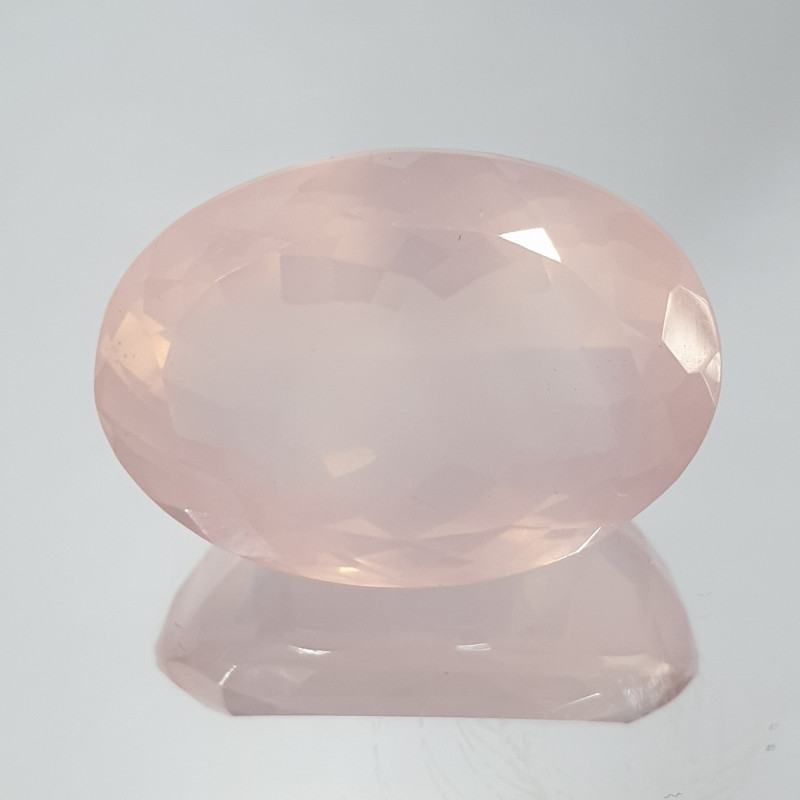
Rose Quartz
Rose quartz is a blush to rosy-red variety but may have purple or orange undertones. It usually has hazy translucence. Most agree the color comes from small, fibrous, pink dumortierite inclusions.
Another rarer pink variety is pink quartz, which is colored by phosphorus and aluminum. Pink quartz has more regular-shaped crystals, and its color will fade under UV-light.
Treatments: None
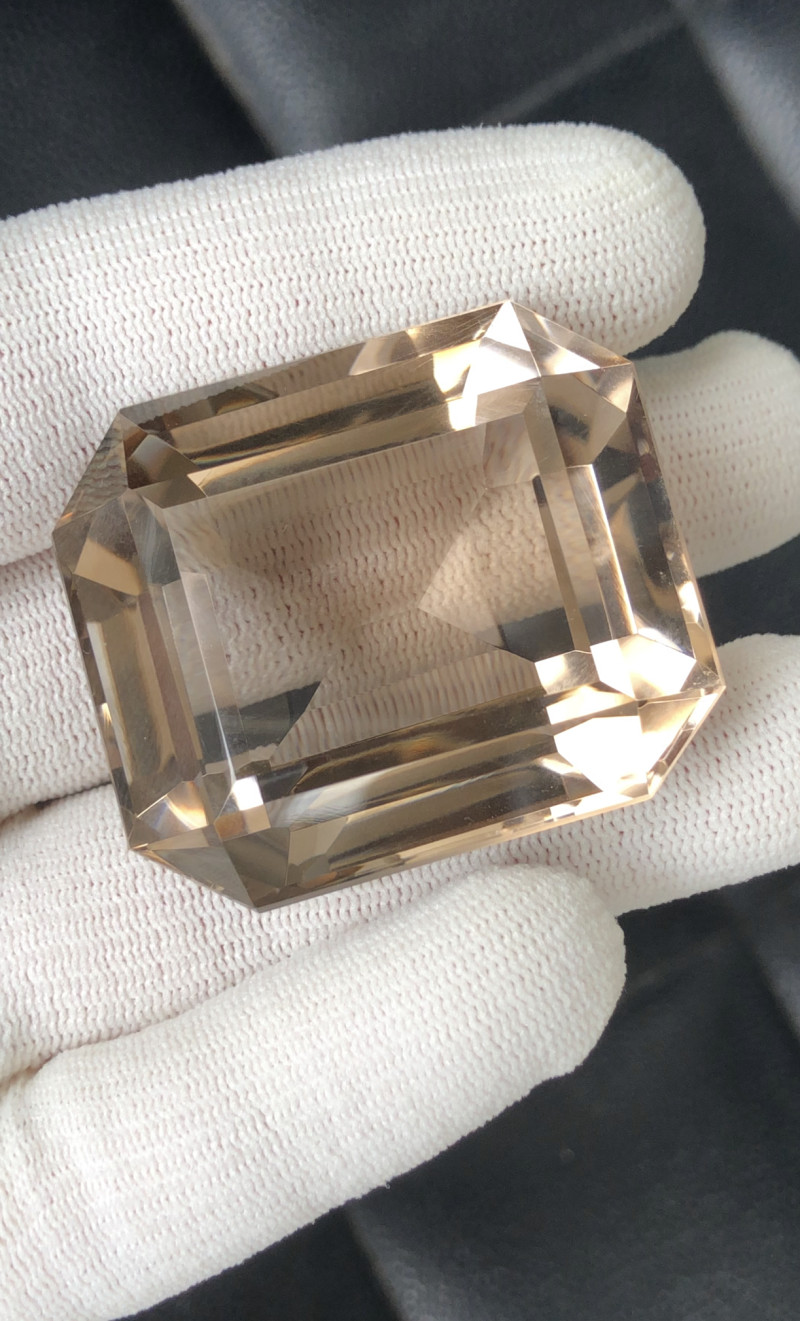
Smoky Quartz
Smoky quartz is a translucent, yellow-brown to black quartz with an interior resembling floating smoke. The smoky color and haze occurs when natural irradiation activates crystal defects (color centers) surrounding aluminum impurities.
Irradiating any quartz stone can produce smoky quartz, though it’s uncommon. Heat treatments can lighten the stone’s color.
Treatments: Irradiation, Heat
Types of Microcrystalline Quartz (Chalcedony)
The types of microcrystalline quartzes (chalcedonies) are even more expansive. Two varieties, agate and jasper, also have numerous subtypes.
Although “chalcedony” has a slightly different scientific definition, we’ll refer to microcrystalline quartzes as chalcedonies.
Let’s continue our types of quartz crystals for chalcedony varieties:
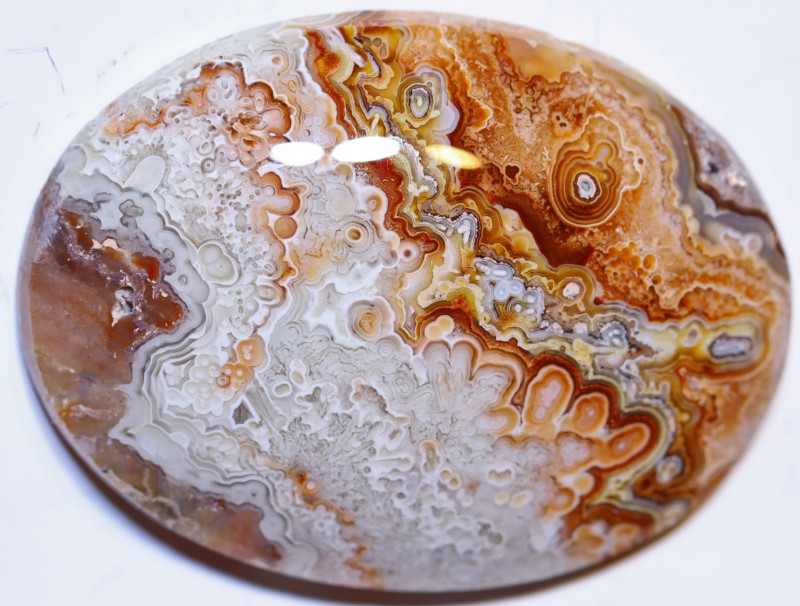
Agate
“Agate” is a general term for translucent chalcedonies with color-banding. Some only classify agates with curved bands, while others include curved and parallel banding. Many subtypes exist, such as dendritic agate and Botswana agate.
Treatments: Dye
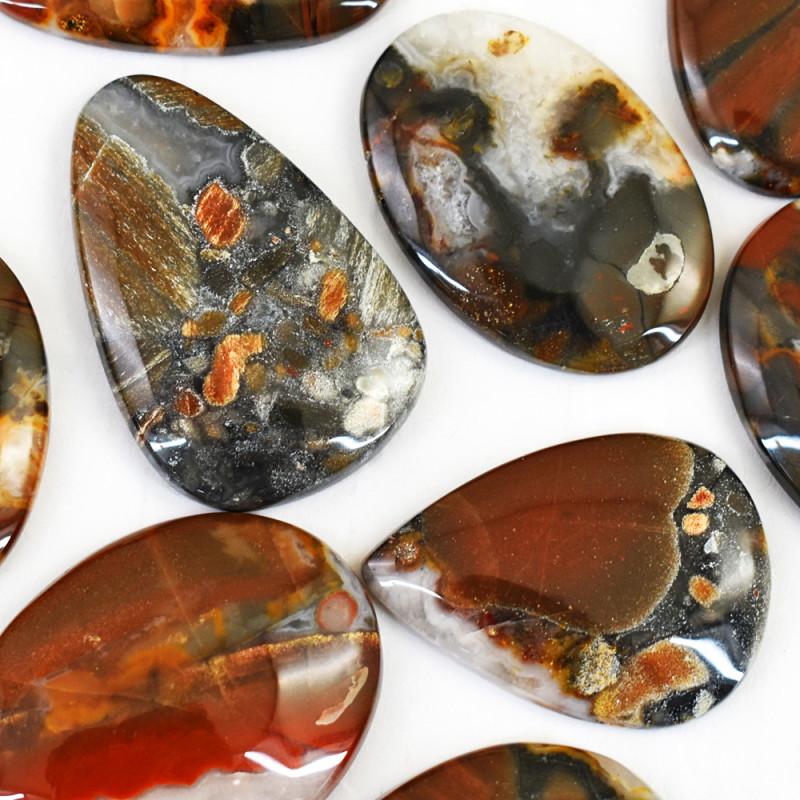
Bloodstone
Bloodstone (heliotrope) is an opaque, forest-green plasma variety with red, brown, or orange speckling. The spots come from iron oxides, usually hematite. Despite popular belief, bloodstone is not a jasper variety.
Treatments: None
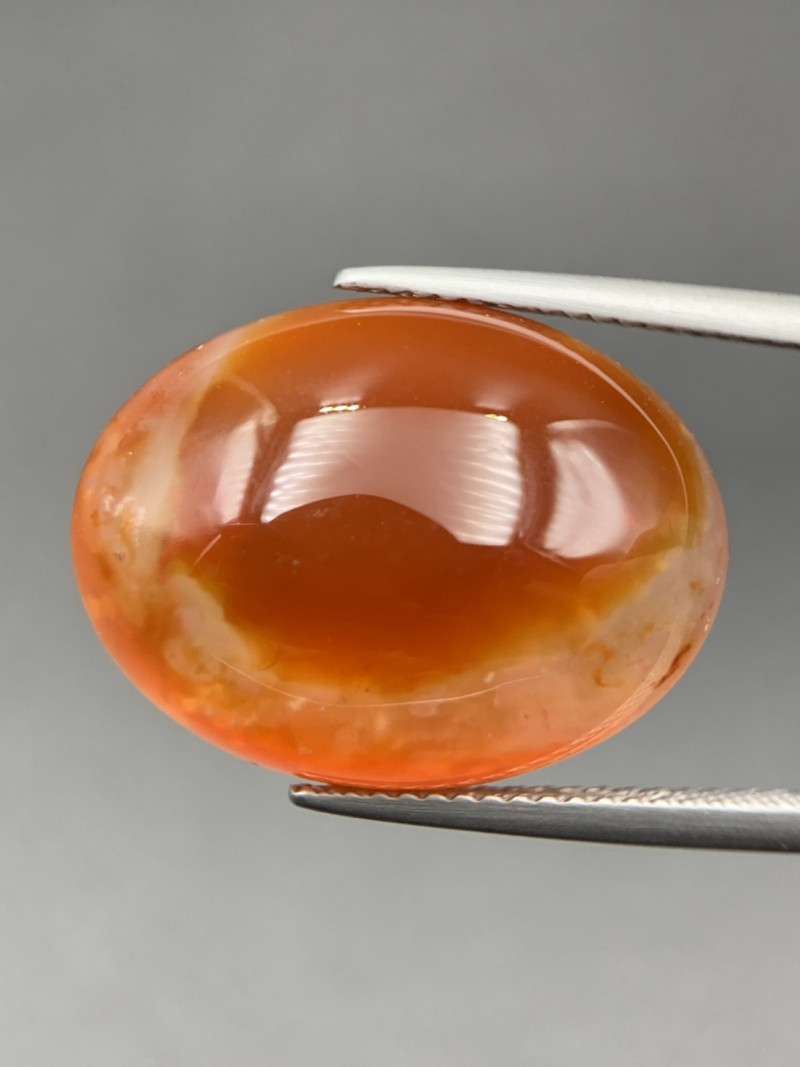
Carnelian
Carnelian is a yellow, orange, and red, translucent to opaque variety. It can be solid or multi-colored. The colors come from hydrous and non-hydrous iron oxides.
Red and white banding is most affordable, while reddish-orange is most valuable.
Treatments: Heat, Dye, Sunlight exposure

Chalcedony
Singular chalcedony is reserved for translucent white, blue, gray, lavender, or pink chalcedonies. Natural chalcedony is always pale, so bright hues typically indicate dye.
Treatments: Bleach, Dye, Heat, Coating
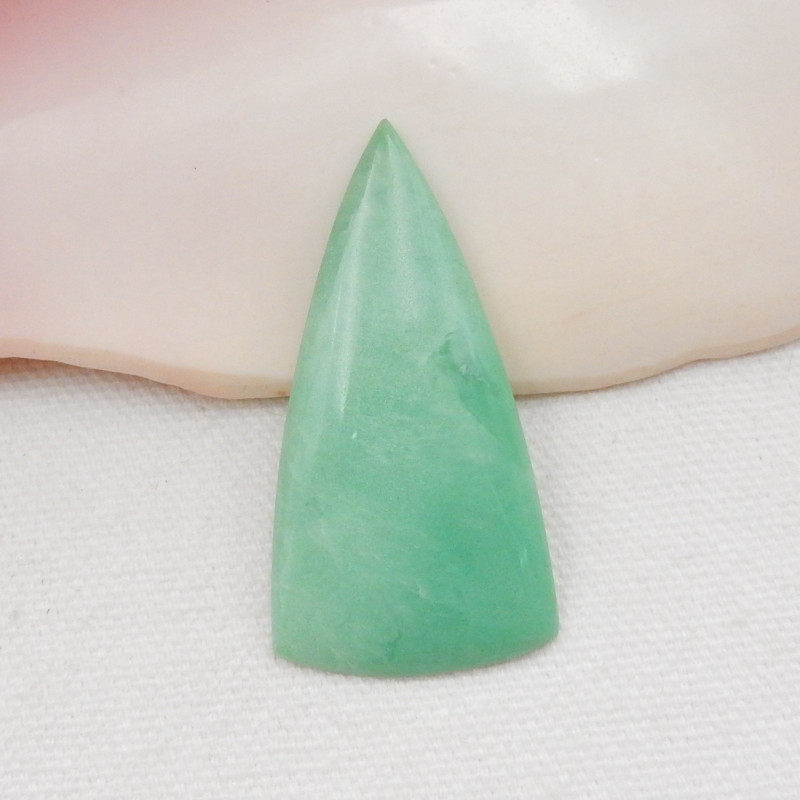
Chrysoprase
Chrysoprase is apple-green, colored by nickel impurities. It can vary from light green to emerald green, often called “prase” in darker shades.
Another type of green quartz chalcedony is chrome chalcedony, colored by chromium instead.
Treatments: None

Chrysocolla Chalcedony
Chrysocolla chalcedony (gem silica) is a vivid blue or turquoise, translucent to sub-transparent variety. This is the most valuable chalcedony, followed by chrysoprase.
The color comes from tiny chrysocolla inclusions or copper impurities. Submerging in water can temporarily intensify the color.
Treatments: None
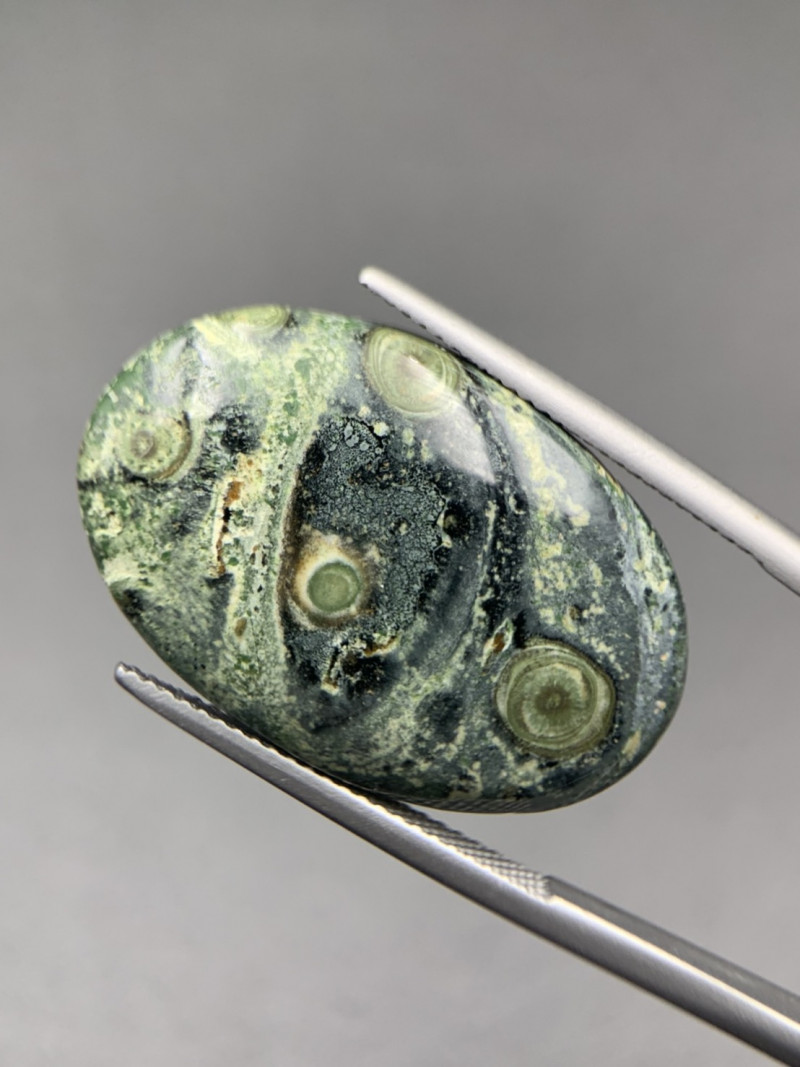
Jasper
“Jasper” refers to multiple opaque, patterned chalcedonies. Red or brown hues (typically from hematite) are most common and most valuable, alongside blues and greens (like the Kambaba jasper pictured above). Jasper has the highest potential density (2.91) of all chalcedonies.
Treatments: Dye
Plasma
Plasma is a semi-translucent to opaque green chalcedony with yellow or white speckling. The stone is usually emerald-green but can be any shade. The color comes from particles of different silicate inclusions like amphibole, actinolite, or chlorite.
Treatments: None

Onyx
Onyx is a dark, parallel-banded chalcedony with black, white, brown, and even purple hues sometimes. The colors and patterns come from calcium carbonate and other mineral inclusions.
Treatments: Dye, Heat
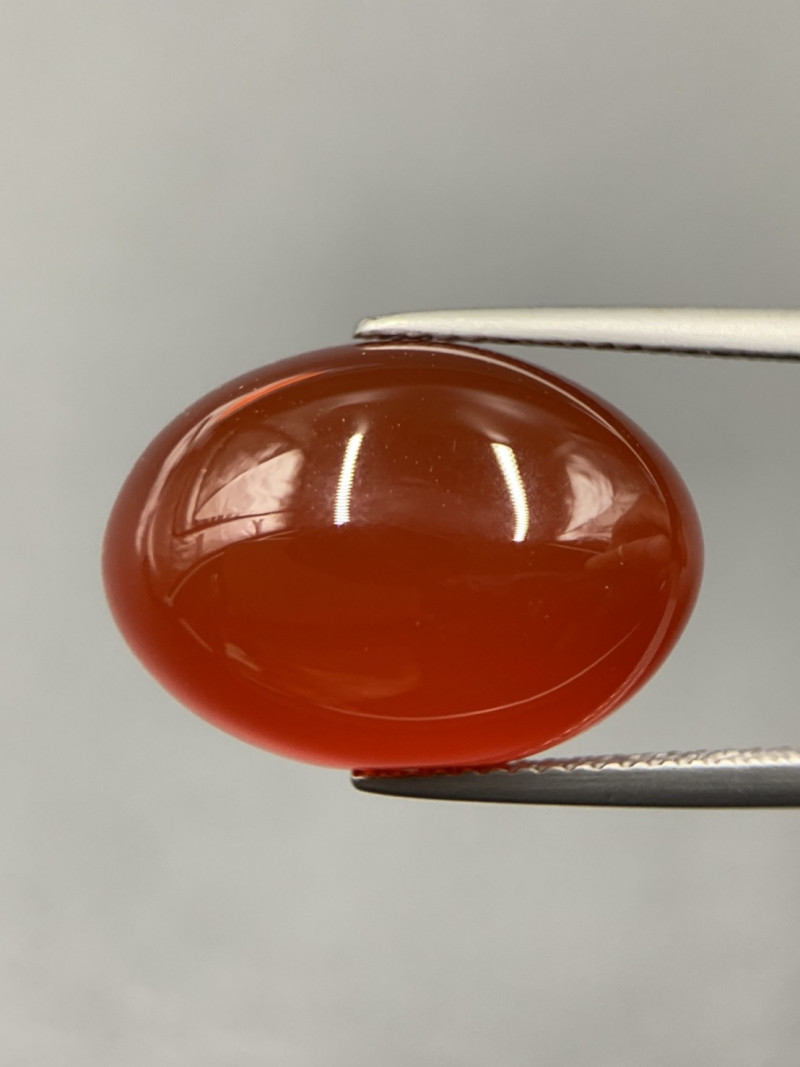
Sard
Sard is a translucent, brown chalcedony, often with red or yellow undertones. It’s similar to carnelian but has darker, browner hues.
Heat treatments can produce lighter colors. When sard layers with onyx, it forms sardonyx, an opaque, reddish-orange, color-banded stone.
Treatments: Heat
Synthetic & Enhanced Quartz Varieties
Synthetic quartz is a lab-created gem with the same properties and chemical composition as natural quartz. The basic method for synthetic quartz is hydrothermal growth, where pressure and heat applied to silica-water causes it to crystallize.
Other elements or treatments (e.g. dye, irradiation) create new natural and synthetic quartzes.
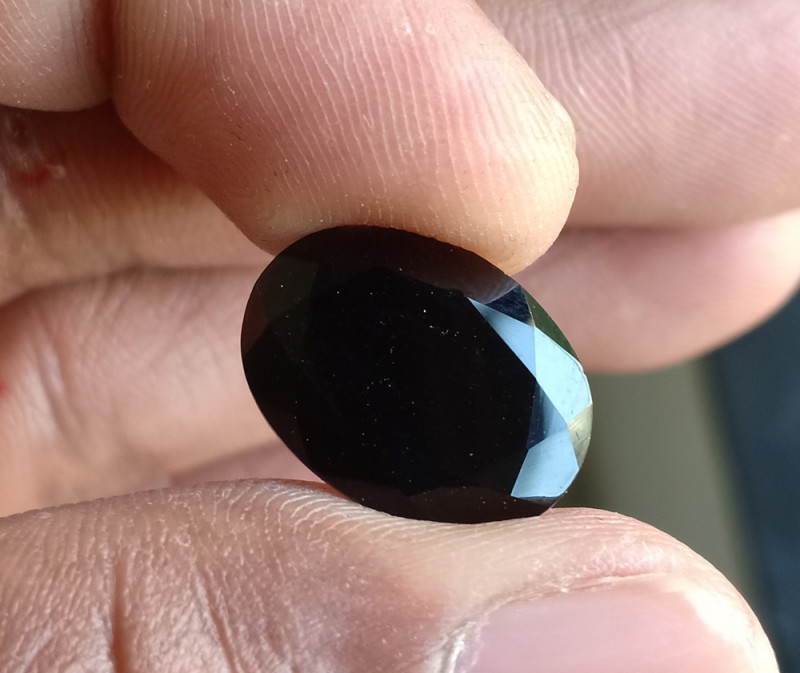
Black Onyx
Natural solid-black onyx is extremely rare, so most available have been treated, often via sugar-acid dyeing.
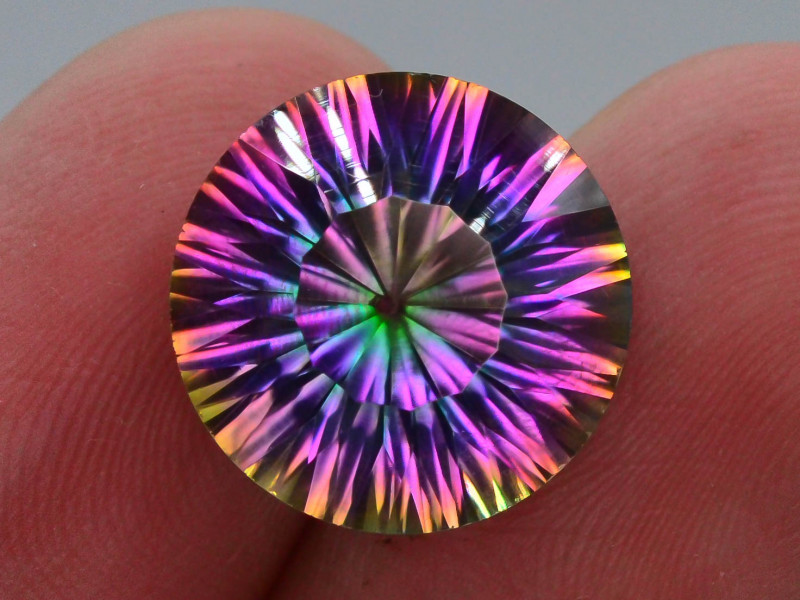
Azotic Quartz
Azotic® quartz is an enhanced quartz coated with an iridescent sheen, named after the inventor, Azotic®. The process involves depositing a very thin chemical film to the surface. It’s also called mystic quartz, aurora quartz, or rainbow quartz.
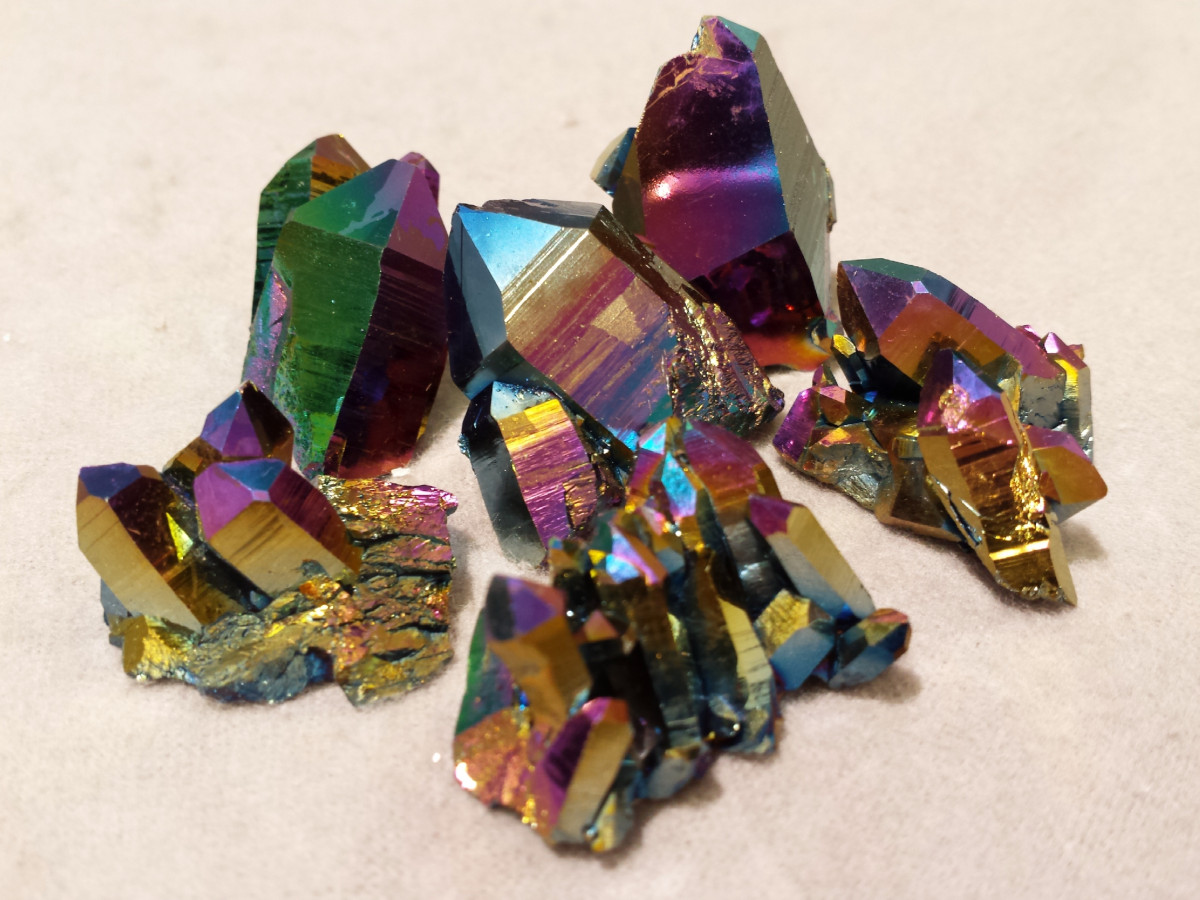
Rainbow Solar Quartz
Rainbow solar quartz (also “aura rainbow quartz”) is a quartz treated with metallic vapor deposition to have a metallic, rainbow iridescence.
The diffusion process involves heating quartz in a vacuum chamber, then putting metallic vapor into the chamber to bond to the crystal. Niobium and titanium vapor deposition produces “aura quartz,” while gold vapor creates “aqua aura” quartz.
Inclusions in Quartz Stones
Inclusions are materials that get inside a gemstone during its formation, like minerals, liquids, or gasses. “Impurities” generally refers to single elements (e.g. iron, manganese) that enter the stone and diffuse into the crystal structure. Both impurities and inclusions are often the cause of many gems’ colors.
Heavily-included gems (having many visible inclusions) are generally considered lower-quality, but there are many inclusions that lead to unique quartzes!
Before we get into our list, let’s go over some inclusion-related terminology to know:
Needle: Long, thin inclusion (usually parallel fibers) resembling a needle
Feather: Small, internal crack or fracture resembling a feather from right angle
Negative Crystal: Cavity in the crystal
Phantom Growths: Zones that show where crystal growth stopped, changed, then restarted
Two-Phase Inclusions: Cavities containing two “phases,” usually liquid and gas (often gas bubble)
Below, we’ll list common inclusions in quartz. Then, we’ll go over quartzes set apart by their inclusions.
Types of quartz inclusions include:
Actinolite (Byssolite)
Asbestos
Blue Asbestos (Crocidolite)
Brookite
Chlorite
Cleavelandite
Covellite
Dumortierite
Hematite
Ilmenite
Lithiophilite
Oil
Sagenite
Quartz
Many varieties owe their appearance to visible inclusions, like:
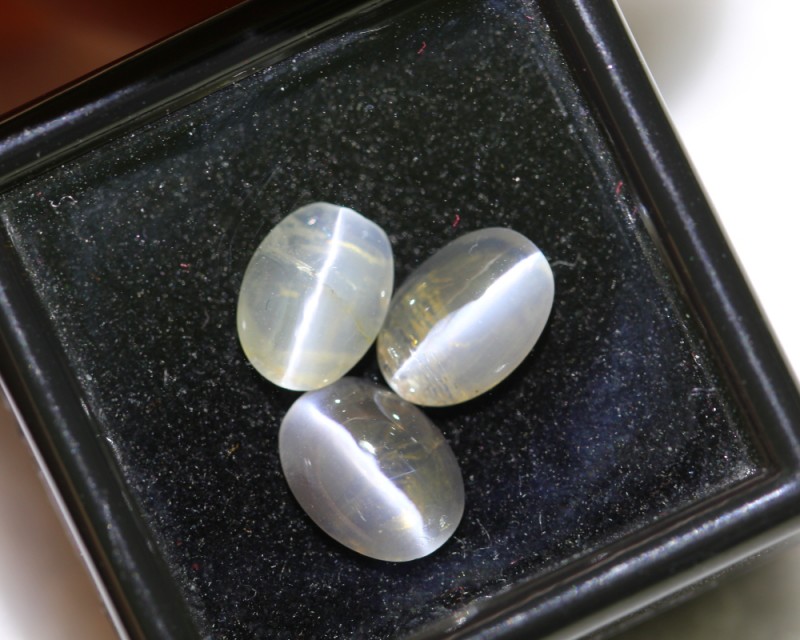
Cat’s Eye Quartz
Cat’s eye quartz is a commonly white, gray, or black quartz named for its chatoyancy (the “cat’s eye” effect). The stone’s parallel, fibrous inclusions (usually rutile or asbestos) give it a silvery line of reflected light down its center when cut as a cabochon. Other varieties like rose quartz may have "cat's eye" effects.
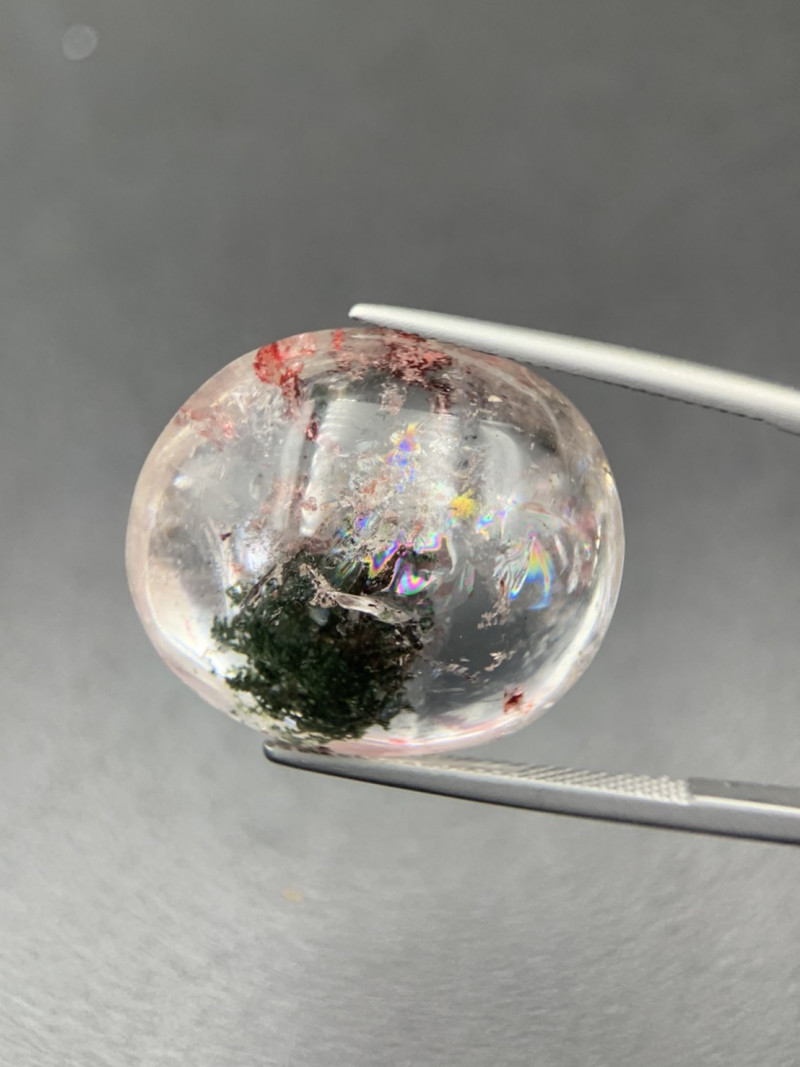
Garden Quartz
Garden quartz (also lodolite or scenic quartz) is a clear quartz with multiple, variable mineral inclusions that create a multi-colored picture, often resembling landscapes.
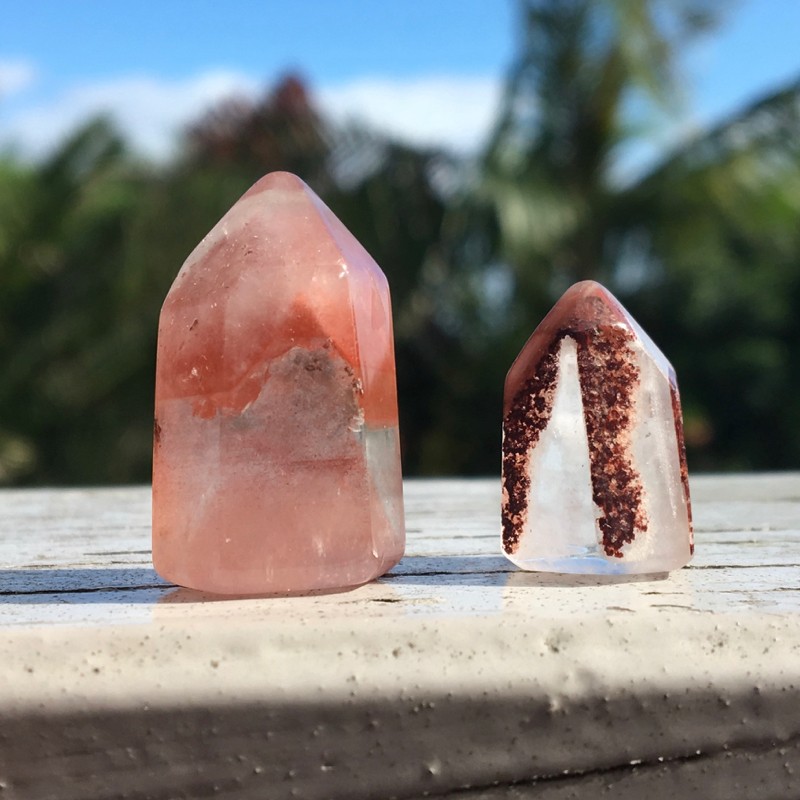
Hematoid Quartz
Hematoid quartz is a quartz with hematite inclusions that create tiny, reddish-brown or black star and cloud shapes. Flakes of specular hematite can create sparkle.
The amount of inclusions can create different appearances, as seen in strawberry quartz with hematite. When artificially coated to be orange, it’s tangerine quartz.
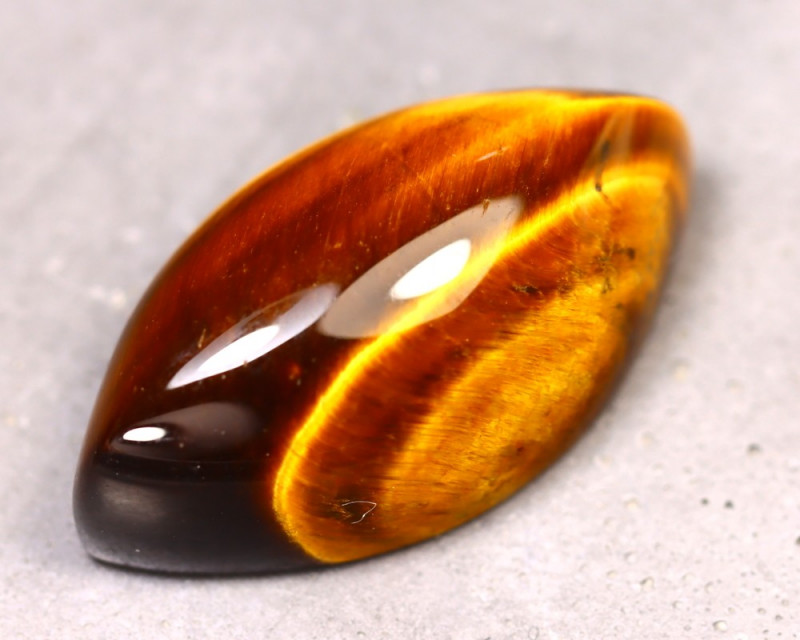
Hawk’s Eye and Tiger’s Eye
Tiger’s eye and hawk’s eye are fibrous chalcedonies formed when crocidolite inclusions decompose. Stopping there, it’s blue and gray hawk’s eye. If iron oxide comes in, you get yellow and brown tiger’s eye.
The fibrous inclusions can also cause simple chatoyancy, where multiple light rays appear. Tiger’s eye may undergo dyeing, heat treatment, or bleaching.
When fragments of tiger’s eye and hawk’s eye are naturally bonded by quartz, it’s a pietersite.

Phantom Quartz
Clear quartz with many visible phantom growths is called phantom quartz. These stones are rare and typically clear, but may have various colors from other inclusions like chlorite, which creates the green “ghost quartz.”

Sagenitic Quartz
Sagenitic quartz is a term for any clear quartz containing radiating bunches of needle inclusions. The inclusions can be rutile (seen in rutilated quartz), tourmaline (seen in tourmalated quartz), or other various minerals like goethite or actinolite.

Star Quartz
Star quartz displays asterism, an optical effect like chatoyancy. Asterism describes rays of light shaped altogether like a star, with four, six, or twelve rays.
Like chatoyancy, asterism occurs because of parallel, fibrous inclusions, but star quartz has more than two inclusions that overlap. The inclusions are often rutile needles, but asbestos particles in rose quartz can also cause asterism, making it star rose quartz.
You’ll Never Have to Question A Quartz Again!
You’re ready to ace any quartz quiz! More importantly, you can shop confidently and start identifying quartz gemstones.
So, what is the most valuable type of quartz? Whichever quartz speaks to you and makes your intuition say: Yes!
Browse our collection of quartz gemstones available today!
Was this article helpful?
4 people found this article helpfulRoss Sedawie
- Written - 23rd Feb 2011
- Edited - 30th Nov 2023































